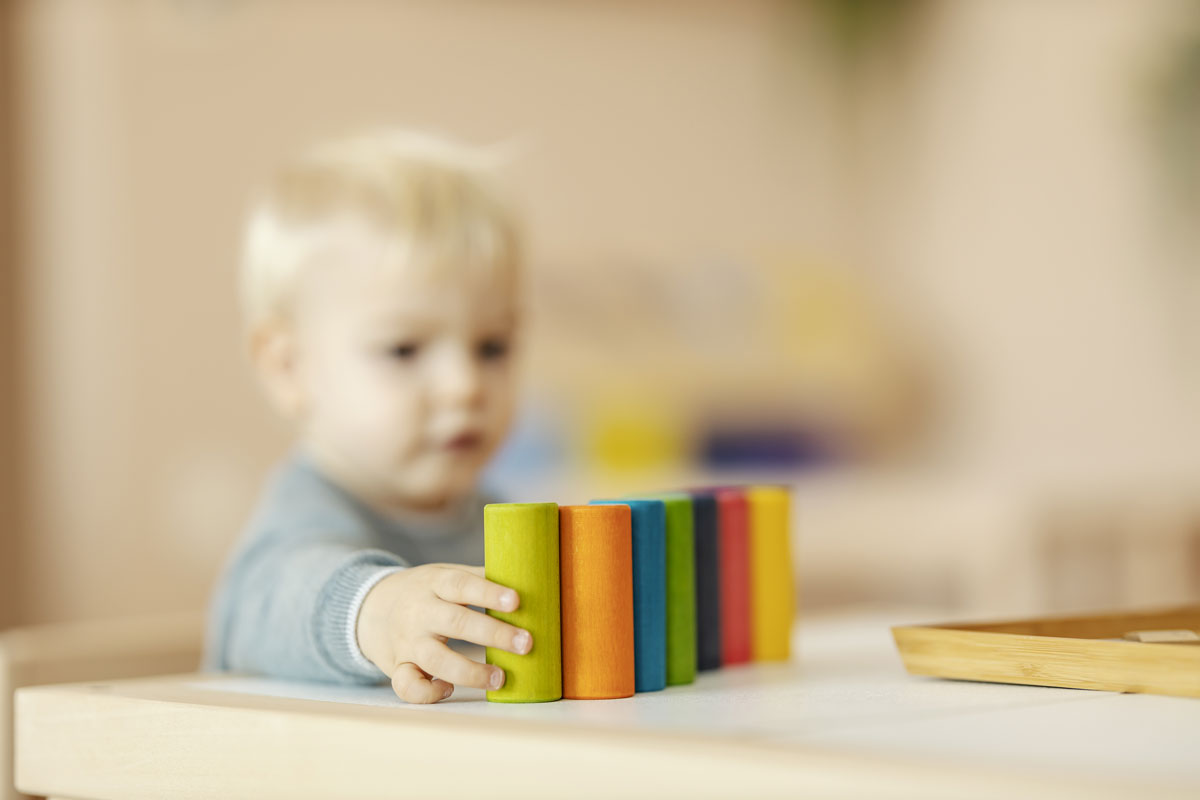FAQ

What is the number of children in the group?
A typical Montessori class for a group of 18 months to 3 years is conducted with a maximum of three children. The age group from 3 to 6 years consists of four children, while there are 5 in the preschool age group.
How much does a class last?
The expected class time is 60 minutes. Classes are held two to three times a week, depending on the wishes and needs of your child.
When should a child start a Montessori workshop?
The best time for a child to start a Montessori workshop is between the ages of two and six, the period when they are most sensitive to the world around them. This allows children to master a wide range of skills while engaging in interesting activities.
What is a Montessori environment?
Montessori, or "prepared" environment, contains materials appropriate to the child's inner needs, which attract and motivate him to use. This kind of environment plays a significant role in the child's proper development, fulfilling his current needs and interests.
How does the Montessori environment affect the child?
The Montessori environment leads to a physical phenomenon called "normalisation." This phenomenon occurs when the child voluntarily engages in an activity during which attention is directed. As long as the child is focused on the chosen activity, inappropriate behaviour is absent. This phenomenon occurs in children under the influence of something from the environment. Children with difficulties processing sensory information can be greatly helped by choosing appropriate objects, such as Montessori materials.
How does the Montessori method differ from traditional education?
The primary difference is in the stimulation of the senses. In the Montessori method, the learning process is carried out through all five senses, compared to traditional learning, which is carried out through listening, watching, and reading. In addition, the traditional programme focuses on the learning plan and programme, while the Montessori programme focuses on the child's needs. In addition, the child's pace of learning is respected, and motivation is carried out through personal development, while in traditional schooling, it is done through praise/rewards and punishments. Significant differences are also Montessori's individual work, freedom of movement and activity, and mutual help among children, as opposed to group work, static sitting at the table, and the exclusive help of educators in traditional methods.
What is the role of the Montessori educator?
The most important role of the educator in the Montessori educational process is to guide the child's spontaneous activities using the technique of indirect action or by preparing a stimulating environment. This means that the teacher does not encourage the child to engage in certain activities but introduces him to a suitable environment and allows the child to choose the objects he will use. In a practical sense, the teacher is considered part of the prepared environment.
Who is Maria Montessori?
Dr. Maria Montessori was the first female doctor in Italy and the founder of the Montessori education methodology. In 1907, she based her educational methods on her scientific observation of the learning process in children. The primary observation that children learn by themselves led Dr. Montessori to design a "prepared environment." In this environment, children are free to choose any of the available activities suitable for their development.